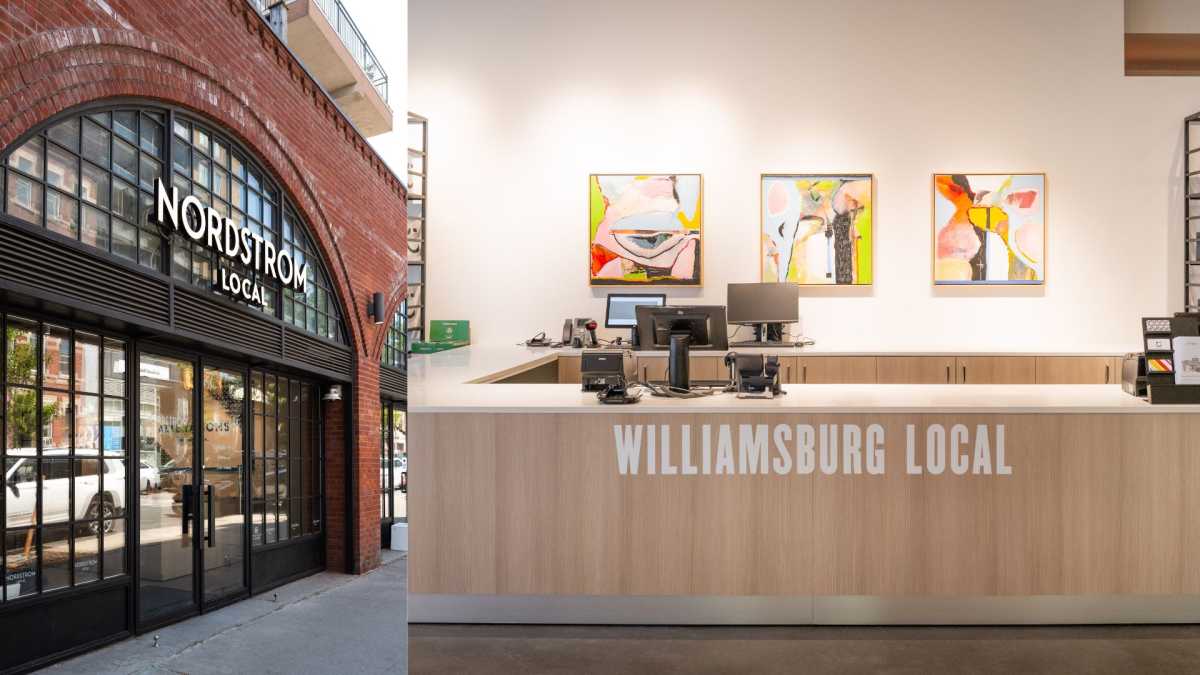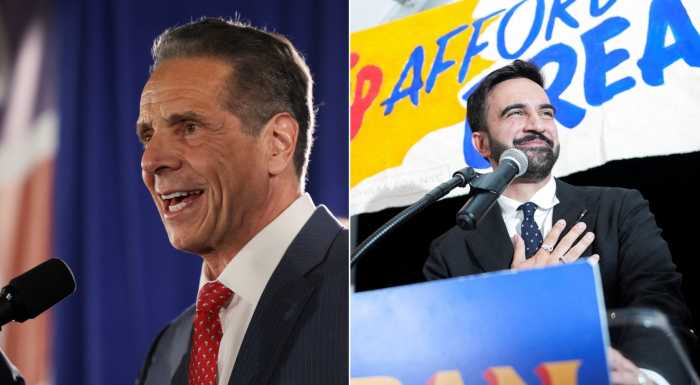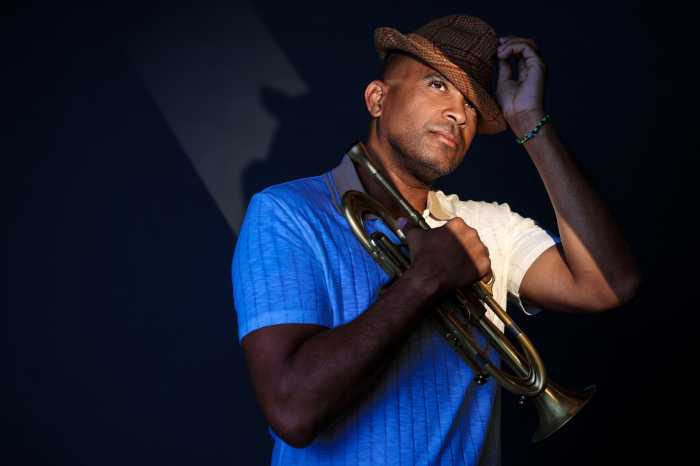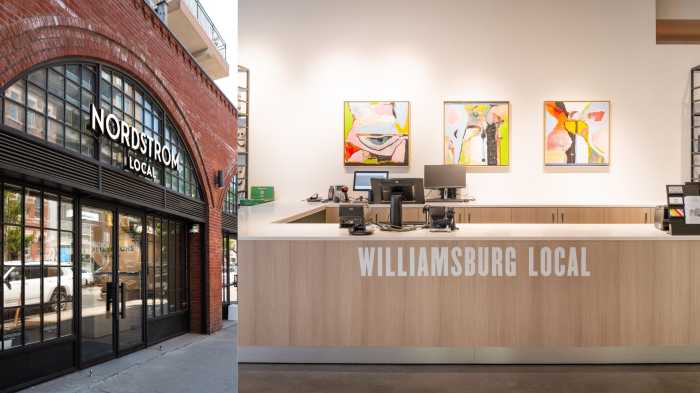Workers at Forest City are fond of saying, “We stand on the shoulders of giants,” to hail the working men and women who built the national company into a multi-billion-dollar urban real estate enterprise with dozens of properties across the Big Apple and metropolitan area, including Barclays Center — one of the most high-tech sports arenas on earth.
Now, modern-day Goliaths are breaking new ground.
David Berliner — chief operating officer at Forest City Ratner Companies, the firm’s New York subsidiary based Downtown — is the corporate marvel behind every strategic decision about acquisitions, pipeline projects, and existing properties. But he is also an avid art enthusiast who has helped to bring public art to several of the company’s holdings in an effort to champion local talent. Thanks to Berliner, the home of the Brooklyn Nets features commissioned exhibits, digital collaborations, sculptures, and murals as big as blue whales that are almost as spectacular as its five-star sports and entertainment.
“Public art animates a public space and makes people see their world in a different way,” he said. “We have so much great art occurring in our backyard that for us to showcase it is a gift to Brooklyn.”
Arts organization Bric Arts Media singled out Berliner, who is also a board treasurer at the Brooklyn Museum of Art, for top honors at the June 3 launch of its Celebrate Brooklyn! Performing Arts Festival, where the affable power broker, whose words tumble out like a waterfall, shared the night with a performance by iconic funk goddess Chaka Khan.
Berliner helped to secure free gallery space for Bric at One Pierrepont Plaza — another of the company’s Brooklyn developments — more than 20 years ago, and the president of the organization is still singing his praises.
“David is a pioneer who has invested in the resurgence of art and culture in New York City,” said Leslie G. Schultz. “His commitment to the arts is unparalleled.”
Permanent installations
Passers-by at Barclays Center can enjoy eye-popping works by borough-based artists without setting foot inside the venue.
German-born artist Ursula VonRydingsvard’s massive meteor-like sculpture “Ona” graces the plaza in gritty tribute to Brooklyn’s bold personality. Jose Parla’s “Diary of Brooklyn,” a giant composition of squiggles, scrawls, and inscriptions on a fading blue backdrop connoting time and experience greets visitors to the arena. And a pair of haunting video pieces by OpenEndedGroup — featuring a bodiless dancer depicted as a moving hand-drawn sketch and a celebration of Brooklyn stoops and playgrounds — are projected onto the marquee and on five interior screens, offering viewers a surreal look at the brough, Berliner says.
“It’s as if you’re flying through the neighborhood in your dreams,” he said of the dazzling digitals.
Other permanent installations include a first-floor exhibit of historic, six-foot-tall photographs of early-20th century African-American basketball players the Black Fives, including Brooklyn hoopsters from the Smart Set Athletic Club, nicknamed the Grave Diggers for frequently burying their opponents. And Mickalene Thomas’s vinyl mural of Brooklyn’s cityscape on the second floor concourse takes viewers on a journey of the Brooklyn Museum, Grand Army Plaza, and other borough institutions.

Executive works of art
Berliner’s corporate successes are as much of a masterstroke.
The great-grandson of European immigrants who moved to East Flatbush, he began working at the company in 1989 as a real estate lawyer, four years after developer Bruce Ratner formed the firm as an off-shoot of the construction-materials-turned-real-estate empire Ratner’s ancestors founded in 1920.
Berliner, 52, worked his way up to senior management with a reputation for hammering deals, launching projects, smoothing wrinkles, and rallying the troops.
“I think of myself as a servant manager,” he said. “I want to make sure that people are okay and that things get done.”
His operational oversight has helped to accomplish such high-profile projects as the New York Times Building in Manhattan, and MetroTech Center in Downtown, a corporate anchor of Brooklyn’s finance, technology and healthcare industries.
Berliner was a key player in acquiring the Brooklyn Nets — and the New York Islanders coming in the fall — and in developing the billion-dollar Barclays Center, a magnum opus that took nine years and 35 court battles to build, bringing with it 2,000 new jobs and a new age of economic hope and development.
The arena is the showpiece of a controversial megaproject formerly called Atlantic Yards, now rebranded as Pacific Park, whose first residential tower — a 32-story skyscraper that Berliner says will be the world’s tallest modular building — will open next year.
“It’s a really innovative, construction methadology akin to stacking pieces of Lego to create a beautiful and functional structure,” he said.
Promised land
Brooklyn is the new global crossroads, and Berliner’s efforts have helped to unlock the potential of its skyline, solidify its cultural cachet, and boost its bank account, but they stem from a humble belief in the place that gave his forefathers — and other immigrants, past and present — their jumpstart in the new world.
“Brooklyn is the promised land,” he said. “It’s where people come for a better life.”
























